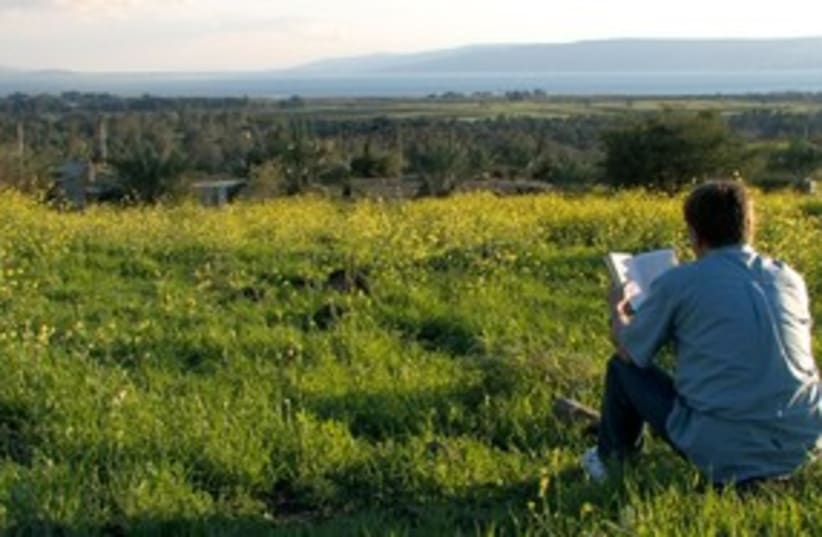Read Wayne’s blog and subscribe to his weekly Podcast at www.waynestiles.com.
Sights and Insights: Casting a long line to the lake
Dr. Wayne Stiles ponders whether the site of et-Tell truly is the place of biblical Beit Saida and why it is so fascinating.

Read Wayne’s blog and subscribe to his weekly Podcast at www.waynestiles.com.